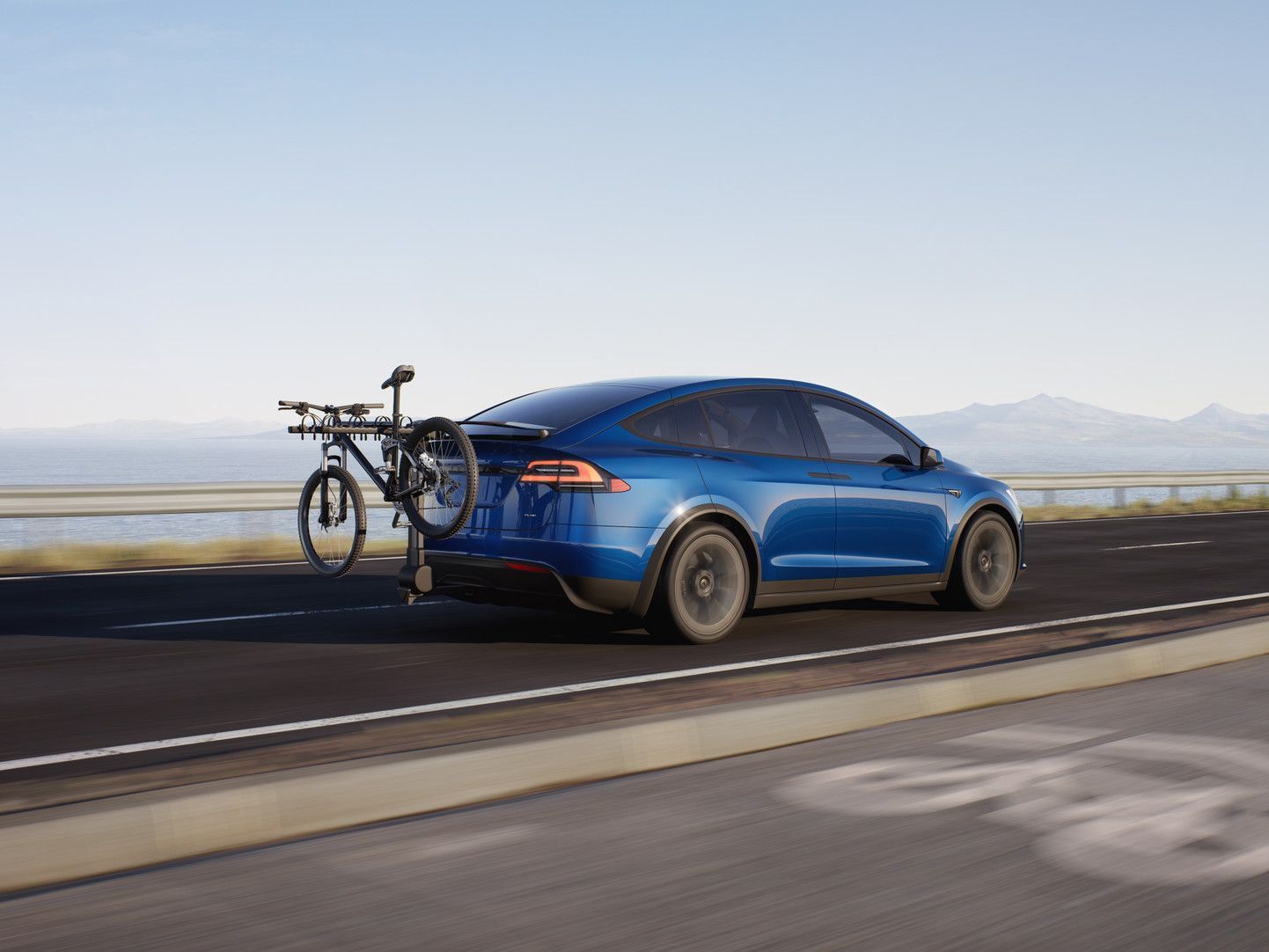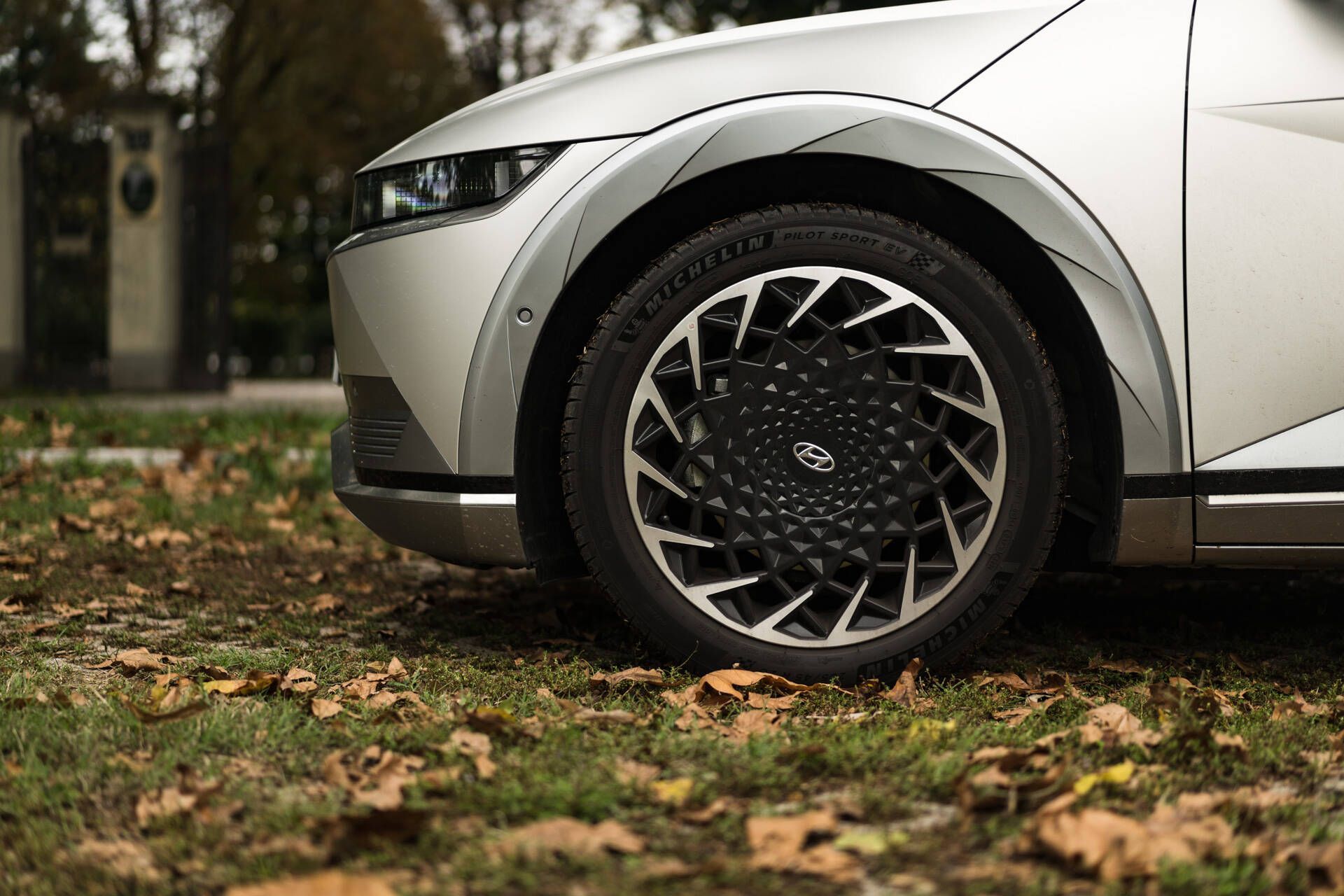Here are the major news of the moment for the BEV front in autumn 2021
The record order for electric cars, bonus depletion in 48 hours, the largest capitalisation of a company and the new car capable of beating Tesla in autonomy. Here’s the biggest news of the moment for the BEV front in autumn 2021, with China activating more public charging stations than ever before
As autumn 2021 draws to a close, the four-wheeled electric mobility front condenses a series of facts and news that, once again, not only confirm the strong growth of battery-powered cars, in the main markets in “resurrection” after the pandemic outbreak, but also assign Tesla and China leading roles.

Record
While we in Italy can boast of the Stellantis Group’s first serious industrial steps towards abandoning thermal cars in the medium term, with the “Italy House” in Mirafiori (the Group’s new nerve centre for battery development and production), the confirmation of 70% of the range with plug-in by 2030 and a number of gigafactories, Elon Musk’s company is enjoying unthinkable successes around the world. Starting with the largest order ever placed for electric cars at one time: Hertz wanted 100,000 Teslas.
This is a significant event in terms of history, business and, of course, finance. In fact, Elon Musk confirmed that even with such record-breaking volume, no heavy discounting was done and, of course, the growth in value of the shares (TSLA) on the stock exchange took off: capitalisation 1,000 billion. Never before had a car company reached this value. If today’s investors have the tools and the means to assess where to put their resources and money for the future, it speaks volumes.
Not least because there are rumours that a doubling of the order of five zeros could follow, with more Model 3s to meet Uber’s needs. Tesla is also holding its own in areas far removed from the NYSE or the BEV sales charts. The latest in premium features, in what is known as Sentry mode, is that you can even remotely make the car ‘talk’ with audio sent to you using the Tesla App. It’s an almost cinematic effect, which could also be frightening and which opens up a field in which some body could regulate one of the innovations allowed on electric cars. In fact, the function applies by exploiting part of the pedestrian warning systems granted to BEVs and not to cars with fuel tanks.
On a technical level, the new, long-awaited Tesla 4680 cells are now set to arrive, with deliveries in early 2022 also on cars produced in Germany, for our market. The aim is to have BEVs with elements that are more efficient in terms of a leaner system in the car, as well as being more economical and, above all, more recyclable (a topic of growing interest to Elon Musk, too, in terms of battery reuse).

New entries
The hot front in the plugged-in automotive sector also delivers in this final quarter of 2021 the first full electric Toyota, bZ4X and the final road-ready version of the long-awaited Lucid Air electric sedan. The Japanese car, which aims to compete with Tesla’s Model Y, will be in dealerships in 2022 and boasts a 71.4 kWh battery pack whose capacity is guaranteed to be at least 90% after ten years. The first Lucid, on the other hand, which comes from California, aims to downsize Elon Musk’s cars, offering with its first Dream Edition up to 837 km of autonomy.
Charging points
On a local level, however, it is China that is making a comeback, funds and economies aside: not only did many manufacturers take their first independent steps towards the foreign market in 2021, including Europe and Italy (just look at the first Aiways). The Chinese infrastructure, with those public recharging stations so dear to us but still denied in too many areas, is evolving more than elsewhere. According to a recent report, the Chinese have pushed their own internal network so hard that they have the largest number of EV charging points by a large, almost unbridgeable margin: 2.22 million.
This is the result of a strong, uncommon incentive effort that began relatively recently: less than ten years ago, and has been progressively accelerating. So much so, it seems, that in 2021 alone the Chinese activated 240,000 public charging points. That’s twice as many stations and columns as there are in the United States and, quite simply, makes a mockery of those in Italy.
Speaking of Italy, the latest figure that in recent weeks gives an idea of the interest in electric cars in the Bel Paese in 2021 is that of state incentives to buy a new BEV: the 65 million available on the morning of 27 October were exhausted in just one day.

In partnership with:









